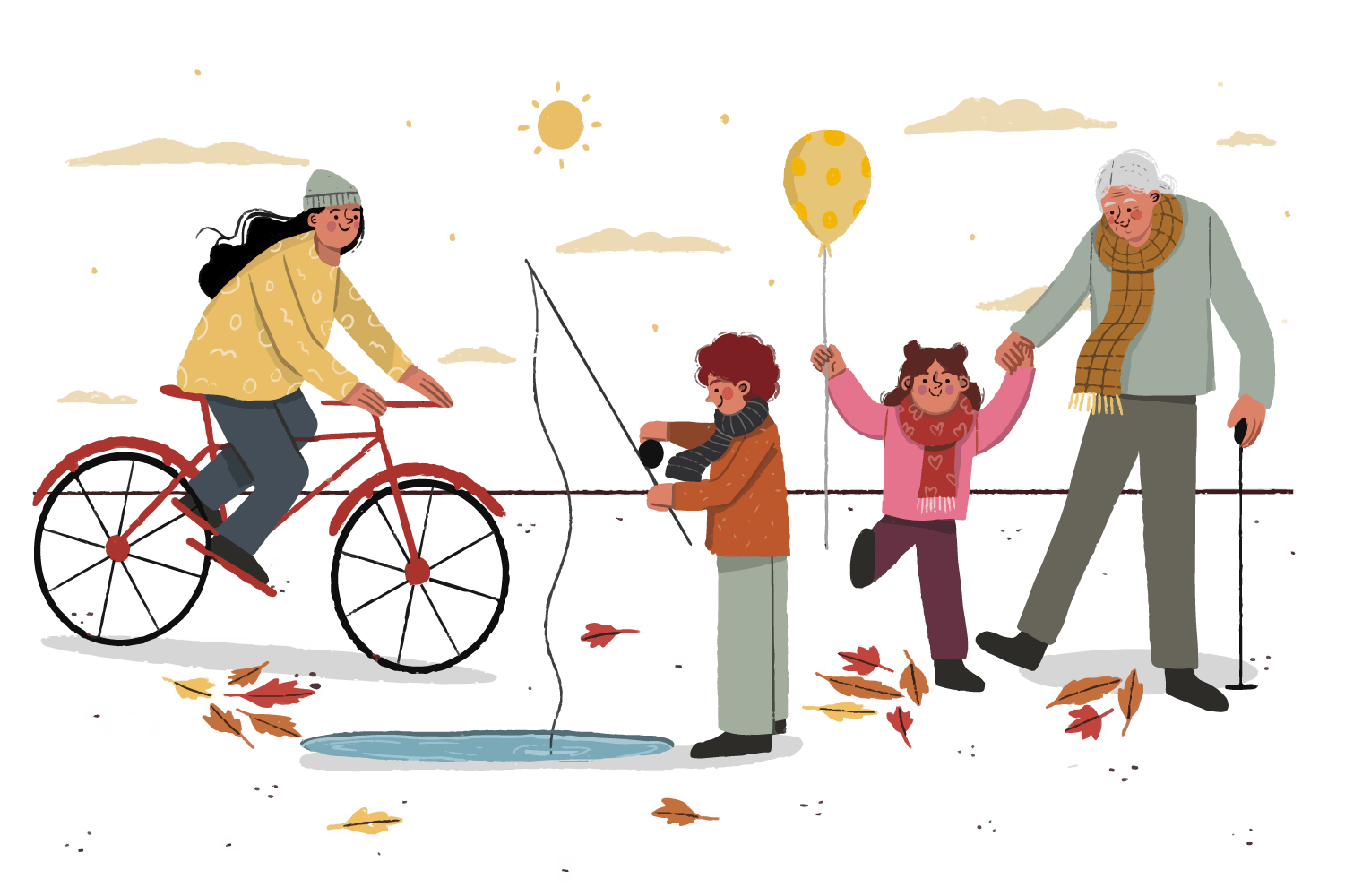
DISTRIBUTION OF CHILDREN'S LEISURE TIME
We all know that leisure time plays a crucial role in children's proper physical, mental, and social development. We know that every family is unique, and that the amount of free time available can vary greatly.
How about a little help with this topic?
At SaveFamily, we've developed a proposal for how you can distribute your free time, which you can use as a guide to make organizing with your little ones more manageable.
Let's start by organizing the activities into 6 blocks:
-
Physical Activity. It's essential for children, especially young ones, to have time to move and play. Ideally, they should dedicate at least one hour a day to physical activity, preferably outdoors. Examples? Playing soccer, jumping rope, playing in the park...
-
Free Time: Getting back in touch with routines and obligations is necessary, but so is free time, time they can use to explore their surroundings on their own, draw, play... There's a huge range of options here.

-
Reading and learning. Reading is a must for developing language and comprehension. We recommend spending at least half an hour a day reading children's books and engaging in learning activities: counting, repeating the alphabet, learning numbers, and so on.

-
Family time. This is essential because it develops their social skills. It also strengthens the child's trust with their closest circle because they'll feel supported by their loved ones. An hour a day spent watching a movie, playing together, or simply talking is more important than we think.
-
Rest! Sometimes in our hectic routines, we forget this step, and both adults and children need to stop and rest. Did you know that young children need between 11 and 14 hours of sleep a day? This way, they can recharge their batteries so they can keep giving their all.
-
Extracurricular activities. At a young age, they're an ideal way for children to explore their interests and abilities. We recommend dedicating at least one hour a week to some type of activity, whether it's playing an instrument, crafts, or a sport.

Well... we've now identified the fundamental pillars that children need to achieve proper development at all levels.
Now, we're going to suggest what a day off would look like, dividing up the tasks based on what we've explained above.
9:00 am: Wake up and have breakfast. Note! Breakfast is super important.
9:30 am: A nice walk in the park, with some running included.
11:00 am: Free time for whatever he wants: drawing? Playing with a toy?
12:00 am: Reading and learning. How about browsing through that book you love so much?
1:30 pm: Lunch
3:00 pm: Family activity (watching a movie together is always a great plan)
4:30 pm: Physical activity. Shall we play soccer?
5:30 pm: Snack
7:00 pm: Free time
8:00 pm: A good time to read a story and relax before bed.
8:30 pm: A good bath and we get ready for bed.
9:00 pm: Time to sleep. Sweet dreams!
